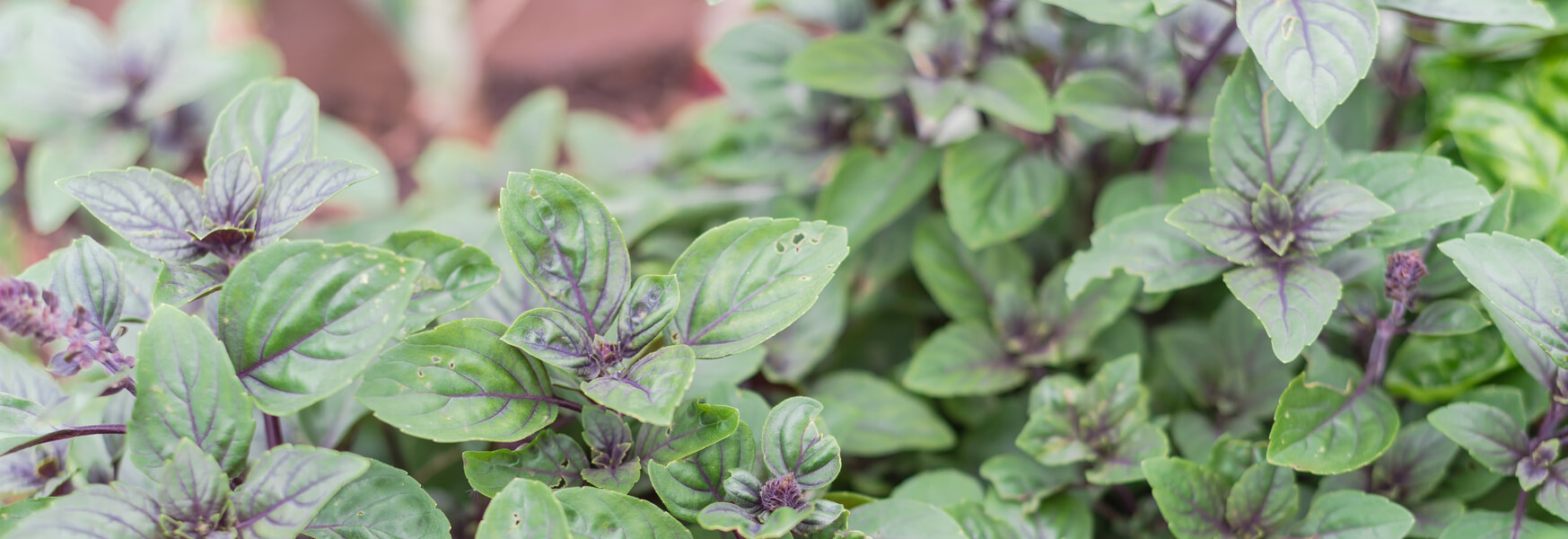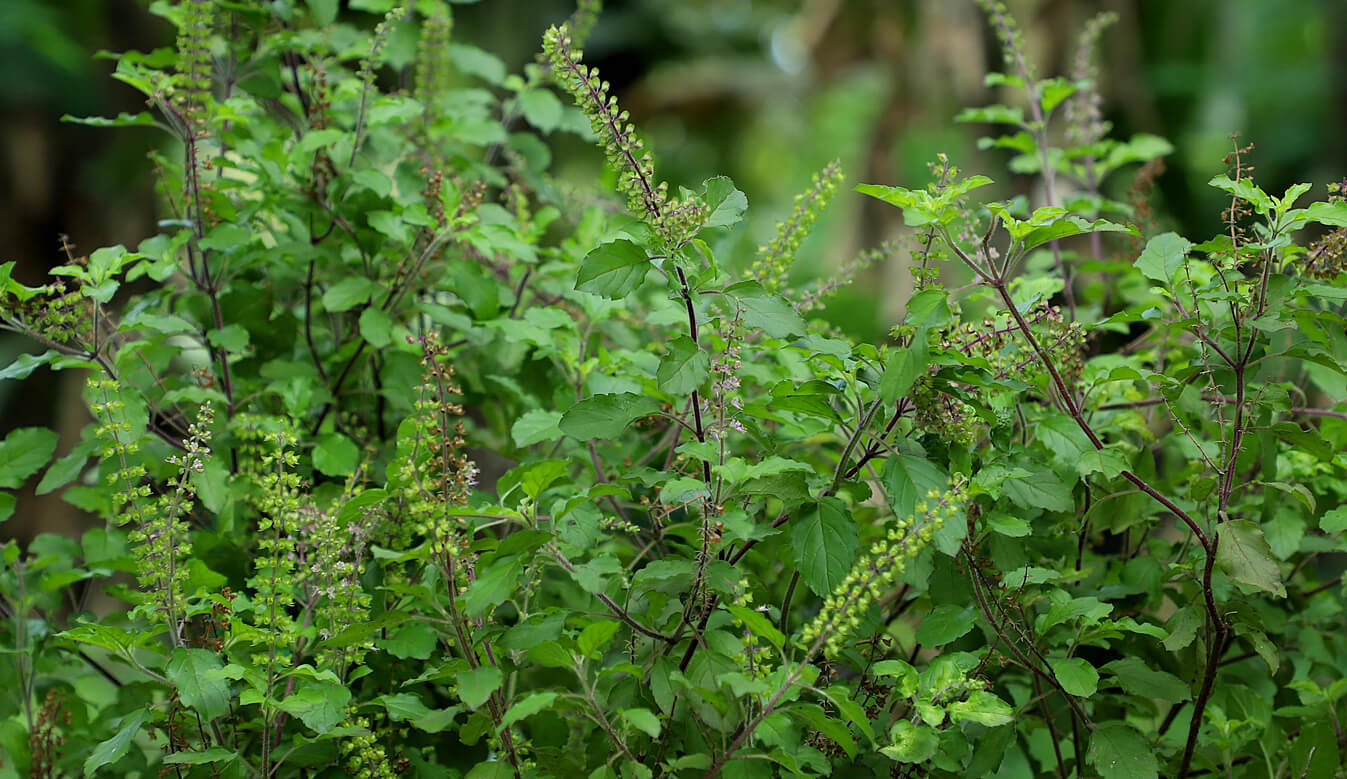
I never expected a routine trip to my local food co-op to revolutionize my cooking and gardening life. Standing in the herb section that spring morning, I was absentmindedly rubbing basil leaves between my fingers – a chef’s habit for testing freshness with different types of basil – when the most extraordinary aroma stopped me in my tracks. It wasn’t the familiar sweet basil I’d been growing and cooking with for years. This leaf released an intoxicating blend of licorice, mint, and something almost floral.
That first encounter with Thai basil led to an hour of discovery as I moved from plant to plant, each variety sharing its unique fragrance. The produce manager, seeing my enthusiasm, shared stories of how local chefs used each type: lemon basil in seafood dishes, cinnamon basil in desserts, and holy basil in aromatic Thai curries. By the time I left, my basket was full of different types of basil plants, and my mind was spinning with culinary possibilities. Now, a decade later, my garden hosts over 20 different basil varieties each season, each one chosen for its distinct contribution to my cooking.

Beyond Sweet Basil: A Journey Through Extraordinary Flavors
The world of basil extends far beyond the familiar sweet Genovese variety we typically find in supermarkets. While that classic basil makes an unbeatable pesto, exploring other varieties opens up entirely new culinary horizons. I’ve discovered that cinnamon basil, with its warm, spicy sweetness, transforms ordinary sugar cookies into sophisticated treats and adds an unexpected dimension to homemade ice cream.
Green Ruffles basil brings both beauty and function to the kitchen garden. Its deeply crinkled leaves create an architectural presence that sets it apart from common sweet basil, while also serving a clever culinary purpose – those wrinkles increase the leaf surface area, packing more essential oils and flavor into every bite. In my kitchen, I’ve found it offers the familiar sweet basil taste we all love but with extra depth and a subtle peppery finish. Those grippy, ruffled leaves also make it perfect for dishes where you want the basil to really hang onto sauces and dressings.
Among the most fascinating types of basil I’ve grown is the lesser-known African Blue basil, a sterile hybrid that combines intense camphor notes with clove-like undertones. Its complex flavor profile comes from elevated levels of both camphor and eugenol, making it a standout choice for adventurous cooks.
One of my absolute favorites for pure aromatic power is the holy basil or tulsi, This sacred plant in Hindu tradition contains high levels of eugenol and beta-caryophyllene, creating a powerful fragrance that’s both peppery and clove-like. The concentration of these aromatic compounds is so high that a single plant can perfume an entire garden corner.
Persian basil deserves special mention for its uniquely intense, slightly medicinal flavor profile. Its leaves contain unusually high concentrations of methylchavicol, creating an anise-forward taste that’s completely different from what most gardeners expect from basil. I’ve found it makes an extraordinary addition to Persian-style rice dishes and meat marinades.

The Science Behind Basil’s Fragrant Power
Understanding the science behind basil’s aromatic properties has transformed how I grow and use these herbs. The intensity of basil’s flavor compounds is directly linked to environmental conditions and stress levels. Higher temperatures and moderate water stress can actually increase the concentration of essential oils in the leaves, leading to more potent flavors.
This is particularly noticeable in varieties like lime basil, which produces elevated levels of citral and limonene under optimal conditions. I’ve found that growing lime basil in full sun with slightly restricted watering results in leaves that pack an incredibly intense citrus punch – far more pronounced than plants grown in partial shade or with abundant water.
The cardinal basil represents another fascinating example of botanical chemistry at work. Its deep purple coloration comes from anthocyanins, the same compounds found in blueberries and other purple fruits. But what’s really interesting is how these compounds interact with the plant’s flavor molecules, creating a more complex taste profile than its green counterparts.
For gardeners seeking the absolute most fragrant varieties, I always recommend trying Thai basil. It has an intense licorice-like aroma that can perfume an entire kitchen from a single sprig. The secret to maximizing its fragrance lies in harvesting just before flowering, when the essential oil concentration peaks.
Through years of experimentation, I’ve discovered that growing different types of basil in close proximity can actually enhance their aromatic qualities through competitive stress responses. This phenomenon, known as allelopathy, causes plants to increase their production of defensive compounds – in this case, the very essential oils we prize for their flavors and fragrances.
I’d love to hear about your experiences growing unusual basil varieties. What surprising flavors have you discovered in your garden? Have you noticed how different growing conditions affect your basil’s taste and aroma? Share your stories in the comments below – there’s always more to learn from fellow gardeners’ experiences!
And if you’re ready to dive deeper into the world of basil cultivation, don’t miss our comprehensive Basil Gardening Guide. It’s packed with detailed growing instructions, companion planting recommendations, and tips for maximizing essential oil production in all your favorite varieties.


 Previous
Previous


PS, Amanda, I just love and enjoy your writing!
Ooh, I must find seeds for Persian Basil! I found the Thai Basil to be a wonderful tasting variety and it put out so much that it ended up looking like a small tree at 3′. I will have Thai Basil for years, along with my regular type. I also want to find cinnamon if possible. Thank you for such an enlightening article-we love Basil in this family and so far I’ve been the main provider of Basil for them!